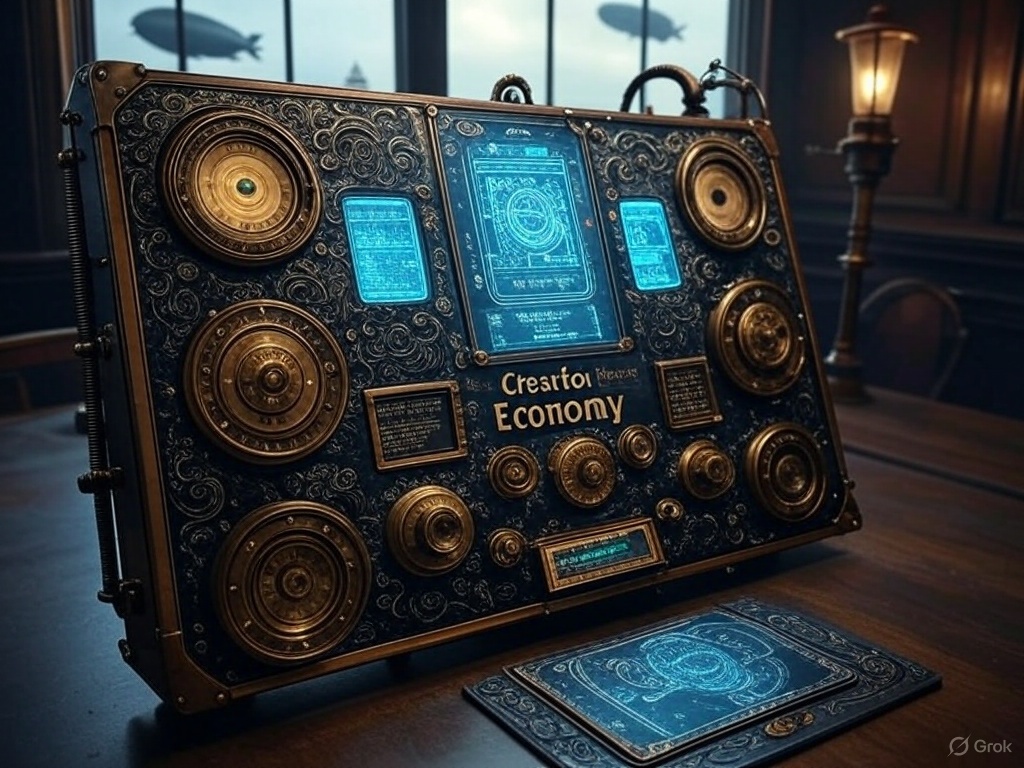The creator economy is booming, and with it comes a seismic shift in how brands must operate to survive.
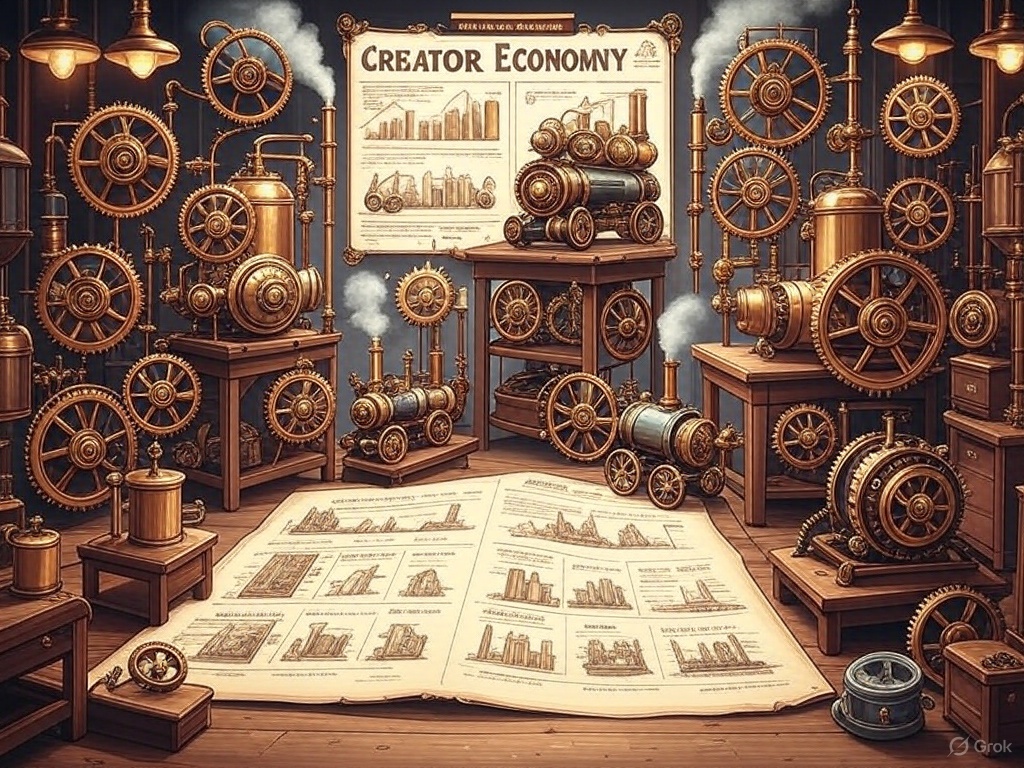 In 2025, the battle for consumer attention has reached a fever pitch, and traditional B2C brands are no longer just competing with each other — they’re up against the likes of MrBeast, TikTok creators, Discord fandoms, and DIY YouTube studios.
In 2025, the battle for consumer attention has reached a fever pitch, and traditional B2C brands are no longer just competing with each other — they’re up against the likes of MrBeast, TikTok creators, Discord fandoms, and DIY YouTube studios.
The Attention Deficit Era: Brands vs. Creators
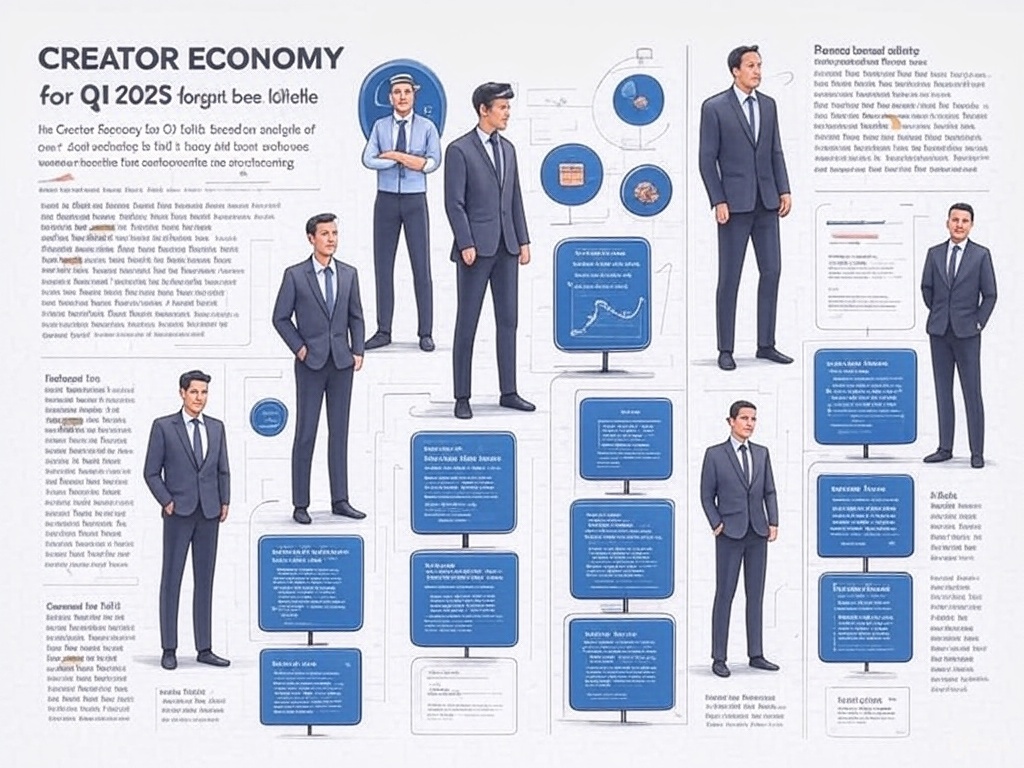 Small World’s report, based on an analysis of 100 brands — including heavyweights like A24, Disney, Duolingo, and Liquid Death — reveals a stark reality: the old playbook of brand competition is obsolete.
Small World’s report, based on an analysis of 100 brands — including heavyweights like A24, Disney, Duolingo, and Liquid Death — reveals a stark reality: the old playbook of brand competition is obsolete.
Marketers are no longer vying for market share solely against rival companies.
Instead, they’re fighting for relevance against creators who have mastered the art of entertainment.
With platforms like TikTok and YouTube democratizing content creation, figures like MrBeast (with over 390 million YouTube subscribers as of May 2025) and niche Discord communities are capturing audience attention at unprecedented levels.
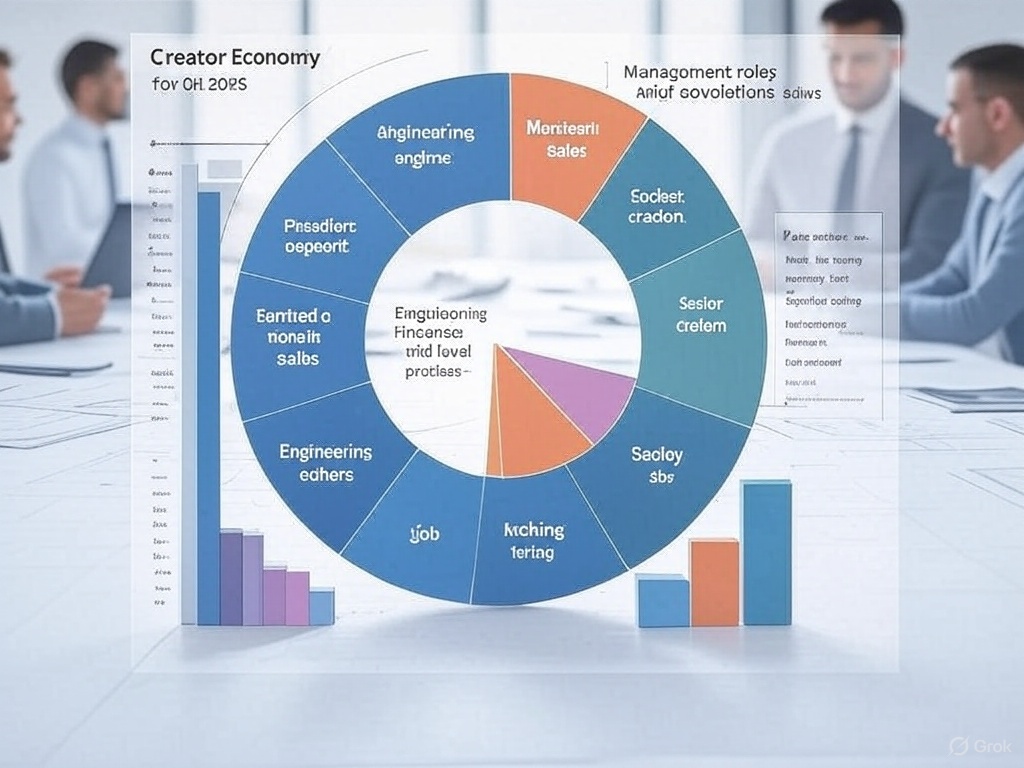 The report highlights that these creators don’t just compete — they dominate — because they understand how to entertain in a way that feels authentic and engaging.
The report highlights that these creators don’t just compete — they dominate — because they understand how to entertain in a way that feels authentic and engaging.
To quantify this shift, Small World evaluated brands across seven parameters: humor, character, attention, content, emotional connection, and recognizability. T
hey also surveyed 20,000 respondents to gauge consumer sentiment. The overarching trend? The most successful brands are those borrowing heavily from the creator playbook, prioritizing entertainment over traditional marketing tactics. As the report bluntly states, “A good brand doesn’t need your love. It needs your attention.”
The Creator Playbook: How Brands Are Adapting
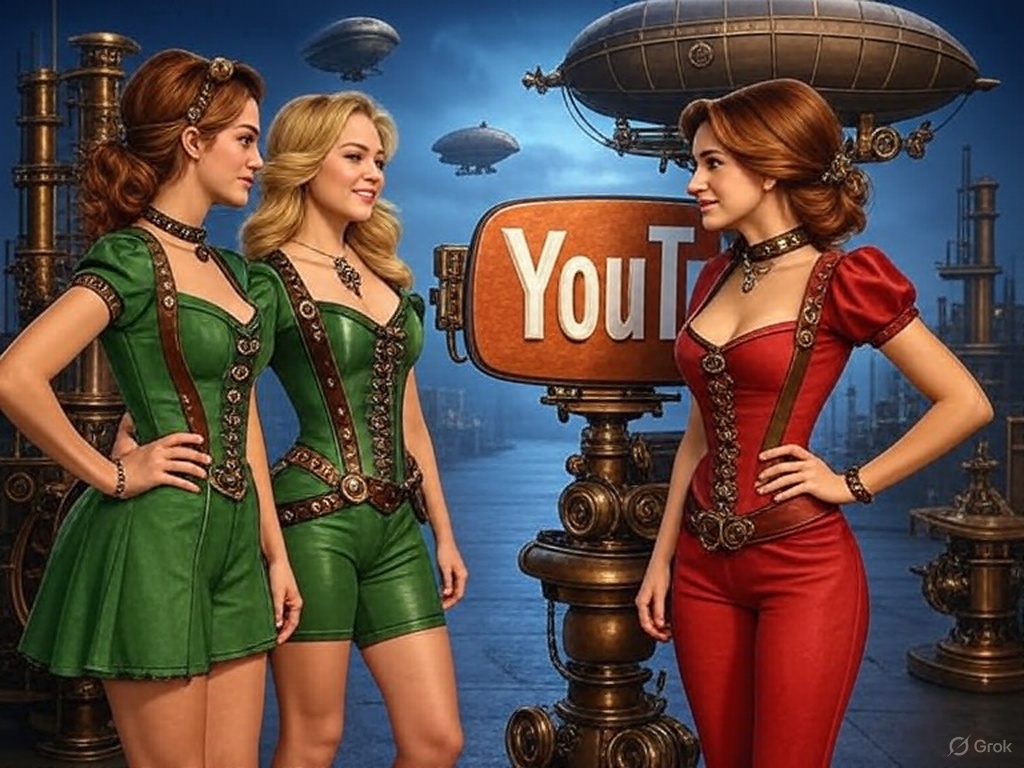 The Entertain or Die 2.0 report identifies five key strategies that top-performing brands are adopting to compete in this new landscape:
The Entertain or Die 2.0 report identifies five key strategies that top-performing brands are adopting to compete in this new landscape:
1. Building In-Game Universes Through Brand Lore
Brands like A24 and Disney are creating immersive, story-driven worlds that mirror the depth of creator-led fandoms. Instead of static campaigns, they’re crafting “brand lore”—narrative universes that invite consumers to engage on a deeper level, much like fans dive into the lore of a favorite game or series.
 2. Hiring Non-Traditional Authors Over Agencies
2. Hiring Non-Traditional Authors Over Agencies
Forward-thinking brands are ditching traditional ad agencies in favor of non-traditional authors—think independent writers, TikTok creators, or niche storytellers — who bring authenticity and a fresh perspective.
This shift allows brands to resonate more organically with audiences accustomed to creator-driven content.
3. Adopting a Writer’s Room Model for In-House Production
Companies like Liquid Death are building in-house production teams modeled after Hollywood writer’s rooms. This approach enables rapid, collaborative content creation that’s agile enough to keep pace with viral trends while maintaining a distinct brand voice.
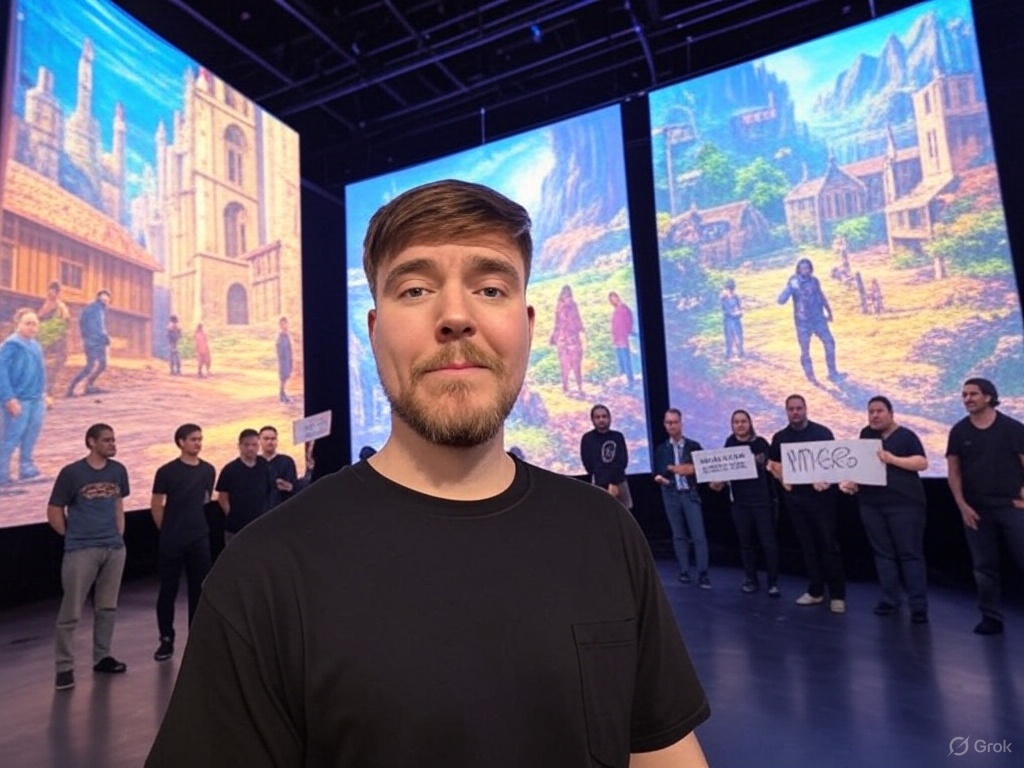 4. Launching Owned Media Channels
4. Launching Owned Media Channels
Brands are becoming media companies in their own right, producing magazines, podcasts, and shows to engage audiences directly.
Duolingo, for instance, has leveraged its TikTok presence (13 million followers) to create meme-worthy content featuring its mascot, Duo the Owl, while also experimenting with stunts like a faux “Disney on Ice” musical that garnered 19 million TikTok views.
5. Engaging the Real World Through Creator Collaborations
Top brands are partnering directly with creators to co-create content and experiences that resonate in the real world. This hands-on collaboration not only boosts authenticity but also taps into the creator’s built-in audience, amplifying reach through genuine engagement.
The Entertainment Index: Proof in the Numbers
Small World’s Entertainment Index, which ranks brands based on earned media metrics (excluding paid spend), offers compelling evidence of these strategies’ impact.
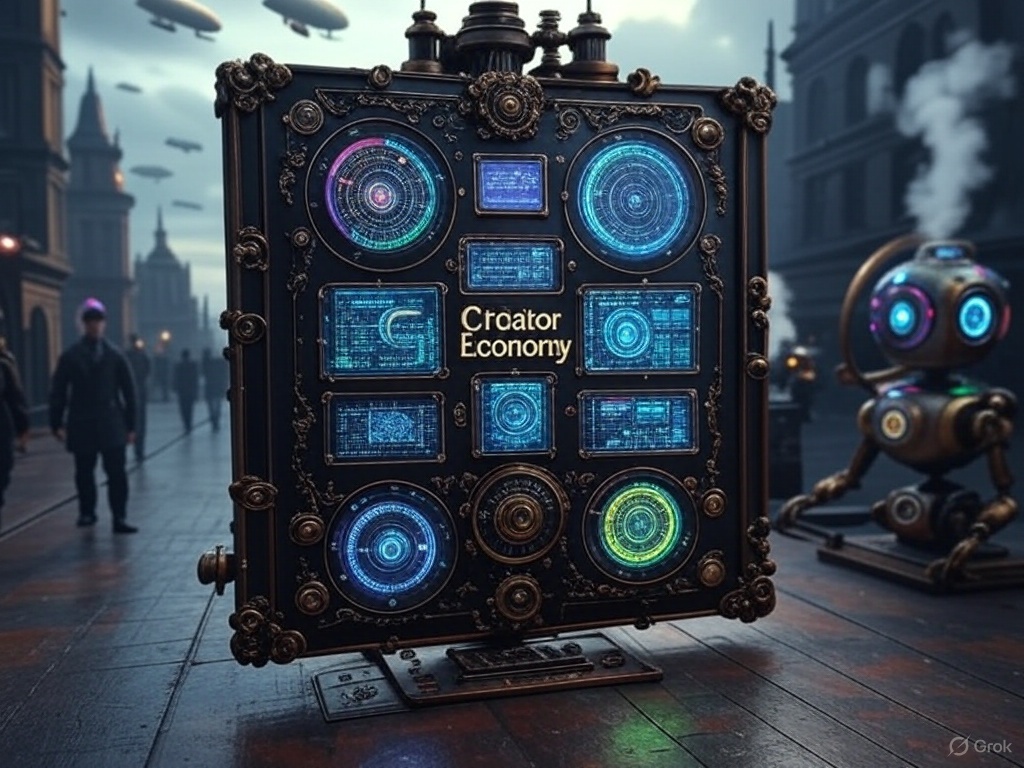 The top 30 brands in the Index — including Duolingo and Liquid Death—demonstrate remarkable performance:
The top 30 brands in the Index — including Duolingo and Liquid Death—demonstrate remarkable performance:
- 97% are growing faster than their competitors.
- 67% are achieving double-digit revenue growth.
- Many are doing so without relying on mass reach, instead focusing on deep engagement with niche audiences.
This data underscores a critical insight: in the creator economy, engagement trumps reach. Brands that entertain effectively can achieve outsized results by fostering genuine connections, even with smaller, more targeted audiences.
For example, Liquid Death has excelled in social performance by leaning into humor and character, earning attention in the low-interest category of bottled water through viral, creator-inspired content.
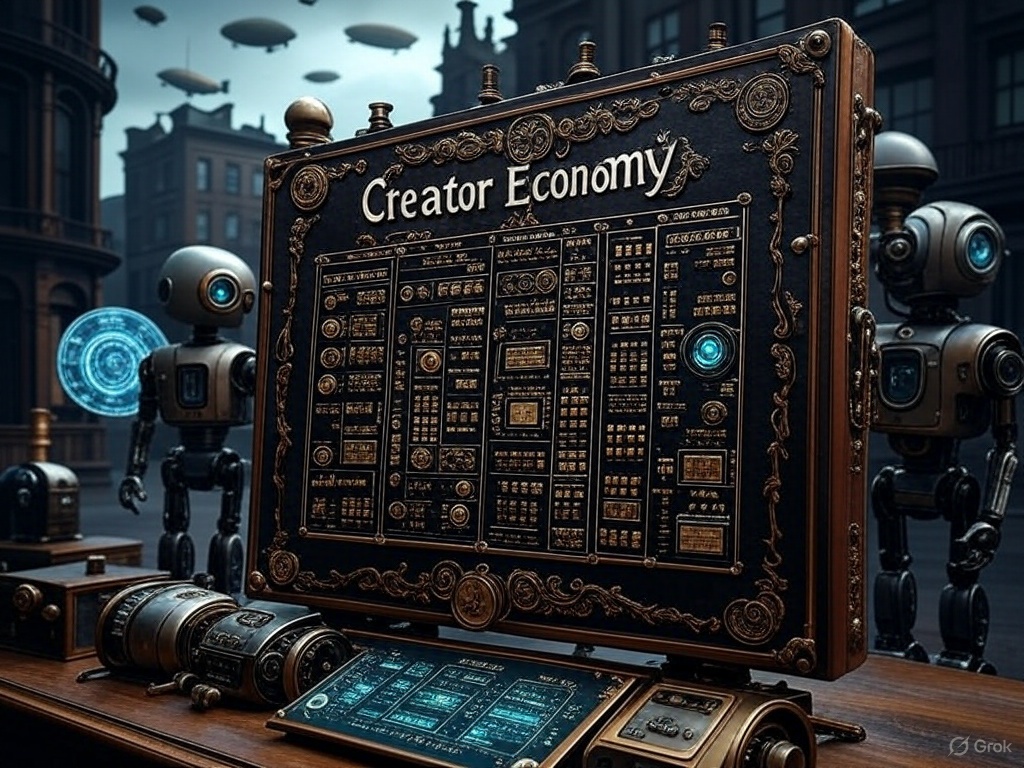 Also read:
Also read:
- Rockstar Revives Classics: GTA IV and Max Payne 3 Set for Comeback, Insiders Say
- Pump.fun to Share 50% of Revenue with Creators, Offering 0.05% Commission per Trade on PumpSwap
- Foreign Investors Dominate Japan’s Stock Market as Locals Lag Behind
A New Survival Logic: Entertain or Fade Away
The Entertain or Die 2.0 report paints a clear picture: brands must evolve into entertainers to survive the attention deficit era.
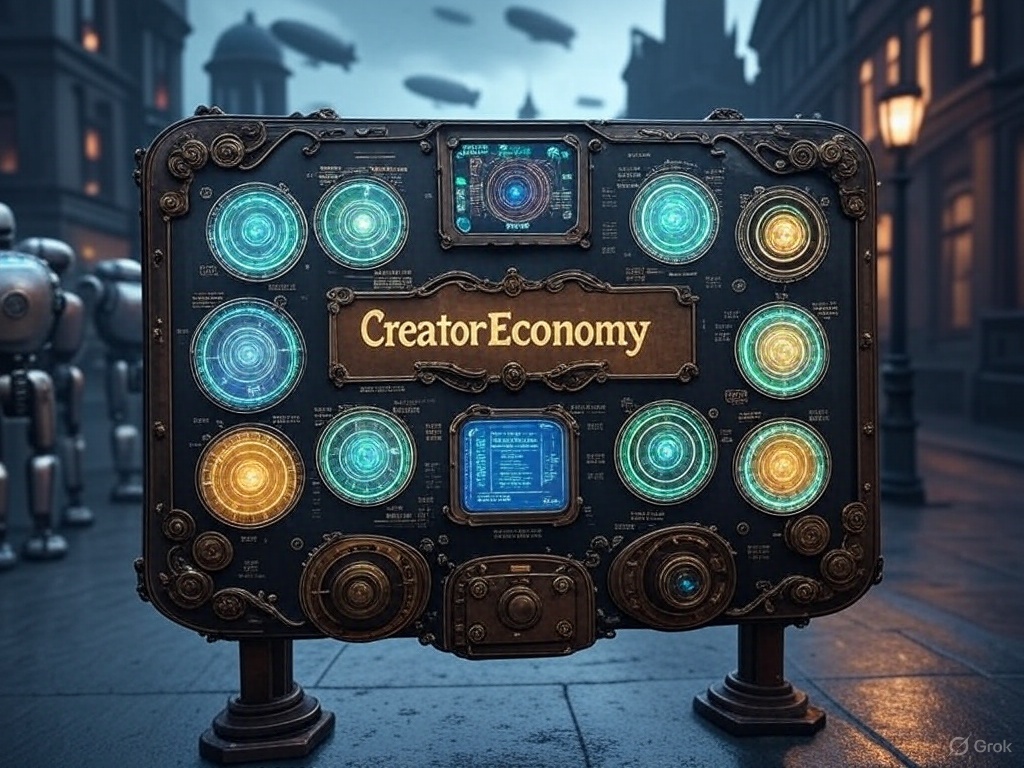 The rise of the creator economy, fueled by platforms like TikTok (1.6 billion monthly active users in 2024) and YouTube (2.7 billion users), has shifted consumer expectations.
The rise of the creator economy, fueled by platforms like TikTok (1.6 billion monthly active users in 2024) and YouTube (2.7 billion users), has shifted consumer expectations.
Audiences no longer want polished ads — they crave raw, entertaining content that feels personal and immediate.
Creators like MrBeast, who earned $85 million in 2024 alone, have set a new standard by blending philanthropy, stunts, and community engagement into a formula that keeps viewers hooked.
For brands, this means rethinking their entire approach. Traditional metrics like mass reach are giving way to engagement-driven strategies.
The success of Duolingo’s TikTok antics or A24’s cult-like fandoms shows that brands can win by acting more like creators: prioritizing humor, authenticity, and emotional connection over conventional advertising. As Small World’s report concludes, the brands that thrive in 2025 will be those that entertain relentlessly—because in the creator economy, attention is the only currency that matters.

